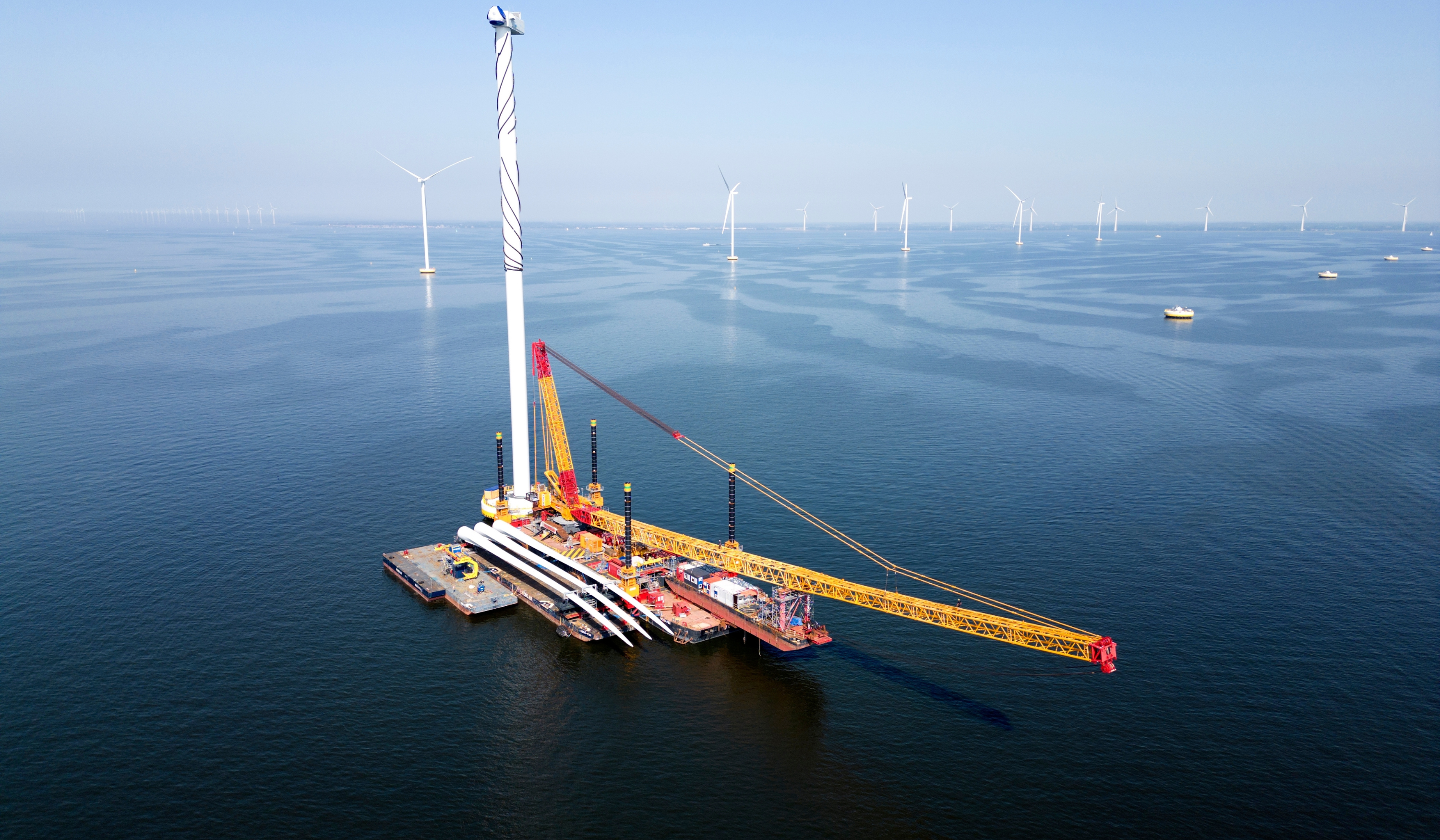
Navigating Germany’s New Decommissioning Requirements
Germany is one of the world’s leading countries in offshore wind energy, with over 1,500 wind turbines and a capacity exceeding 8.4 GW. In fact, the industry has significantly contributed to the country's renewable energy targets, yet it faces the upcoming challenge of decommissioning its aging wind energy infrastructure.
Many of Germany's offshore wind farms are approaching significant milestones in their operational lifespan, and most notably, several wind farms will hit their twentieth year of operation within the next three years. This includes some of the country’s earliest offshore wind installations. Now, with new decommission planning demands coming into force from the Federal Maritime and Hydrographic Agency (BSH), Germany’s offshore wind operators are facing an urgent need to re-prepare updated decommissioning plans and cost estimates.
Germany’s decommissioning landscape
Every offshore wind farm will eventually need to be decommissioned, regardless of its capacity or complexity of installation. Decommissioning concepts are usually developed in the early construction phases, even before operations commence, with corresponding decommissioning costs outlined,
However, planning for decommissioning is not a one-time activity. A lot of technological changes over time, including logistical possibilities, plus new experiences and learnings from initial decommissioning projects are taken into account. This also includes technical advances and innovative approaches. Concurrently, the basic concepts of decommissioning and cost assumptions will continue to evolve, and decommissioning project plans need to be regularly updated as a result.
In Germany, many operators have not updated decommissioning concepts since their initial submission of wind farm plans to the BSH. This is likely due to concerns about higher cost assumptions, and potential financial consequences regarding decommissioning guarantees or reserve accounts.
However, the BSH recently (summer 2024) began writing to all offshore wind farm operators to request a binding update of the decommissioning concepts and cost assumptions. The BSH has also emphasised once again that these decommissioning plans (and thus also the cost estimates) must be updated every three years. According to the Windenergie-auf-See-Gesetz (WindSeeG), these updates are to be mandatory to ensure that decommissioning plans remain current and aligned with the latest technological and regulatory standards. Before now, this wasn't clearly regulated in the Offshore Installations Ordinance (SeeAnlV), and subsequently, some operators have used this lack of clarity to postpone updating their decommissioning concepts.
As such, we not only expect operators to update their cost assumptions for decommissioning activity, but likely see a shift across entire organisations, whole teams contributing to new and accurate cost forecasts. In principle, it only makes sense for everyone involved to update the decommissioning concepts with assumptions that are as realistic as possible to avoid another reality shock.
The decommissioning process
The state-of-the-art approach to decommissioning today is the reverse construction method, where decommissioning proceeds similarly to that of a ‘reversed’ construction process. We begin with the removal of electrical components and auxiliary systems, then the removal of rotor blades, the nacelle, and individual tower segments. This is followed by the disconnect of inter-array cabling and the separation of the transition piece from the foundations. In short, decommissioning of wind turbine set ups is relatively complex to do correctly, and well.
Approaching decommissioning projects in this way has been very successful for a range of our clients. With our global and regional expertise, including specific knowledge on the most common wind energy decomissioning methods in Germany, we are frequently the go-to for navigating the regulatory requirements and technical challenges in relation to decommissioning projects. We are leaders in this field thanks to our extensive experience and familiarity with the latest technologies and developments, as well as our logistics capabilities and pricing. This has enabled us to carry out the evaluation and testing of over fifty decommissioning concepts in recent years, and to have been directly involved in the development of over twenty such concepts.
Whether you are looking to update your decommissioning plans for sites in Germany in light of these proposed changes, or need a comprehensive cost estimate for doing so, K2 Management is here to ensure your project's success for this critical aspect of offshore wind farm management.
Written by Sebastian Duty, Senior Consultant, Operation & Technology, at K2M. For more information, please click here:





